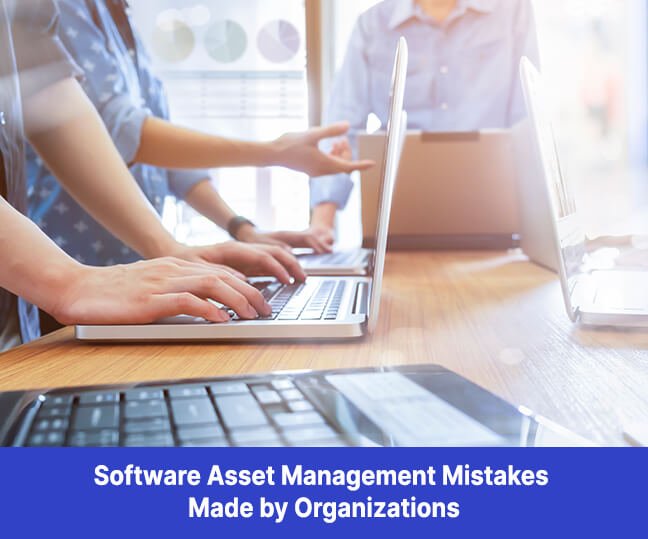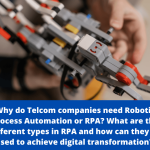Introduction
Software Asset Management (SAM) is the key to getting full value and extracting the full potential from software investments. SAM ensures that organizations are not using unnecessary software licenses and also not paying more for software licenses that can be procured for less.
SAM is not a one-time activity. It is an ongoing process. Software asset management and software asset management tools are part of IT budgets. The CIO of a company must include SAM as a part of their overall strategy. The primary goals of SAM are to ensure compliance, avoid security breaches, reduce unplanned costs, optimize software investment costs, and mitigate risks for non-compliance.
But not all organizations get their SAM right. They make some common mistakes that could have been avoided with a little common sense and long-term vision. The following are the common software asset management mistakes made by organizations.
- Unrealistic expectations
Organizations want SAM to work for them from day one. They do not want to mature SAM. A SAM program undergoes many phases before maturing into a robust one. It requires the creation of a roadmap. The maturing of a SAM process is a phased activity.
- Not focusing on building a license inventory
Maintaining a license inventory avoids non-compliance with software vendors. Maintaining records of purchases, their licenses, historical purchases, upgrades, expiry dates, cost of procurement, patch management, customizations, etc. is important to win favor with vendors. Maintaining such an inventory that is automated and rules-based helps an organization procure new software licenses from the same vendors at discounted rates and favorable agreement terms.

- Not scoping software license requirements
Organizations make the mistake of putting too much on their plate. They deal with way too many software vendors. A better strategy is for them to focus on the big rocks. In other words, organizations can scope their license requirements by looking at their short and long-term goals. This way, they can single out vendors on a priority list. A step-by-step plan to accomplish a software landscape will help organizations work with only the required vendors at each phase of the organizational milestone.
- Inadequate governance
IT asset management governance requires cooperation and coordination. Without this, it is difficult to drive accountability, enforce compliance with policy, re-engineer workflows, resolve process leakage, etc. Lack of adequate support from leadership diminishes the SAM’s effectiveness over the long term. So, in order to have a long-lasting impact, SAM needs good governance.
- Overly relying on tools
Tools can do only that much. It is absurd to expect a tool to do complex SAM tasks, and at the same time be light on the organization’s TCO pockets. So, a lot of thought has to go before choosing a tool. The tool should only be a means to an end, and not the end itself.
Challenges in software asset management
- No single solution
License model measurement is complex. A single tool may not sufficiently discover data to perform this measurement. There is no single out-of-the-box software asset management solution for types and categories of software. So, it is better for organizations to adopt a phased approach to SAM.
- Content is the fuel for SAM automation
Content and data on software discovery, license models, stock-keeping units, maintenance, and end-of-life, drive SAM automation. SAM automation can associate licenses with discovered software, and reduce the effort required to measure compliance.
- Complexity
Licensing can be complex and ambiguous. The complexity of cloud licensing has added to the chaos. Datacenter software licensing is the most complex of all. Standards such as ISO/IEC 19770-1, 2, and 3 are being adopted slowly. The adoption of these standards will improve SAM output.
Conclusion
As software licensing becomes intricate and complex with time, it is better for organizations to outsource their SAM efforts to a professional entity. This way, they can focus on their business, whilst leaving out the specifics to the specialists.























